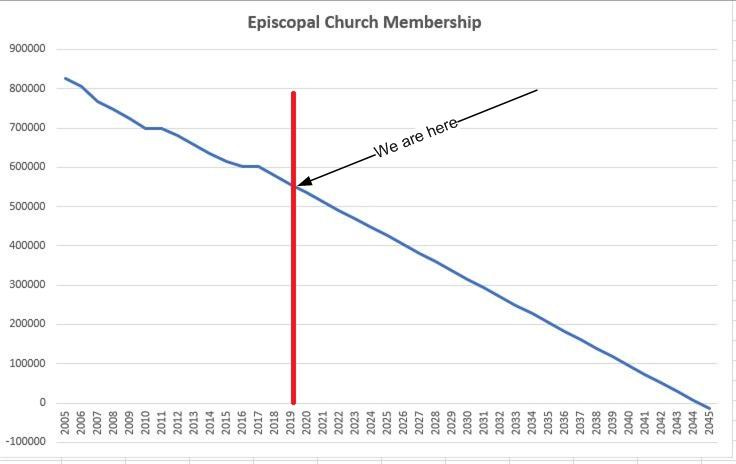The Church and the Problem-Solving Function
One of the writers who has strongly influenced me is John Michael Greer. He posted regularly at the now discontinued blog The Archdruid Report. (He writes now at Ecosophia.) His insights were very helpful when I was learning about Peak Oil. One of his quotations in particular framed my way of thinking.
There is no brighter future.
For me, that was an ‘Aha!’ moment. It ‘clicked’ that there are no solutions to the Peak Oil dilemma. There are responses — and some of those responses may be worth pursuing — but none of them will make the Peak Oil quandary go away. There is only so much crude oil in the Earth’s crust, and, when it is gone it is gone. Hence, we need to,
Accept and adapt
It was not much of an intellectual leap to recognize that the same insight applies to climate change. Climate change is not a problem to be solved; climate change is a predicament to which we need to respond.
Toynbee and the Fall of Civilizations
Greer’s latest post is A Neglected Factor in the Fall of Civilizations. He explains Arnold Toybee’s insight that,
. . . civilizations rise when a creative minority inspires the rest of society with a vision of constructive change so enticing, and a set of solutions for current problems so promising, that most people fall in line behind them. As long as that minority continues to inspire the rest of society, by pushing forward its vision and coming up with effective solutions to the problems the society confronts, it remains a creative minority and the civilization keeps rising.
Sooner or later, however, the creative minority stops coming up with solutions to new problems. Instead, it starts insisting that the same old solutions will work just as well with new problems as they did with the old ones. Since this isn’t usually the case, the new problems go unsolved, and the former creative minority turns into a dominant minority, which can no longer inspire the masses and settles for bullying them instead. When this happens, the civilization tips over into decline, and eventually goes down under the weight of its unsolved problems.
The Sharky Principle
Institutions will try to preserve the problem to which they are the solution.
Greer shows how the Sharky Principle applies to the climate change ‘industry’. We continue to spend billions of dollars on so-called solutions to climate change, but that money is mostly wasted. This is a chart that I keep coming back to.
In spite of all the reports written, meetings held, sermons preached, and conferences organized, nothing has changed. Our carbon dioxide emissions continue to increase in what is virtually a straight line. And, needless to say, few people are willing to look honestly at what it would take to follow the red dashed line down to ‘Net Zero by 2050’.
Lessons for the Church
The church in western Europe and North America is in serious decline. The chart shows membership in the Episcopal church. If these trends continue then the Episcopal church will be down to almost nothing by the year 2045. Most other denominations report equally ominous decline.
There is no shortage of books, web sites, articles and videos that explain the church’s decline. But few of those publications talk about the church’s failure to come up with a ‘problem-solving function’. The members of the church are not a creative minority. In general, they do what it takes to maintain the status quo ante. (We saw this with the COVID-19 pandemic in which churches mostly fell in line with whatever the secular authorities told them to do.) To repeat Greer’s thought,
We insist that the same old solutions will work just as well with new problems as they did with the old ones.
If the church were to propose honest, yet challenging, solutions to the climate crisis, it could provide leadership to society as a whole, and — coincidentally — turn around the declining membership line.




